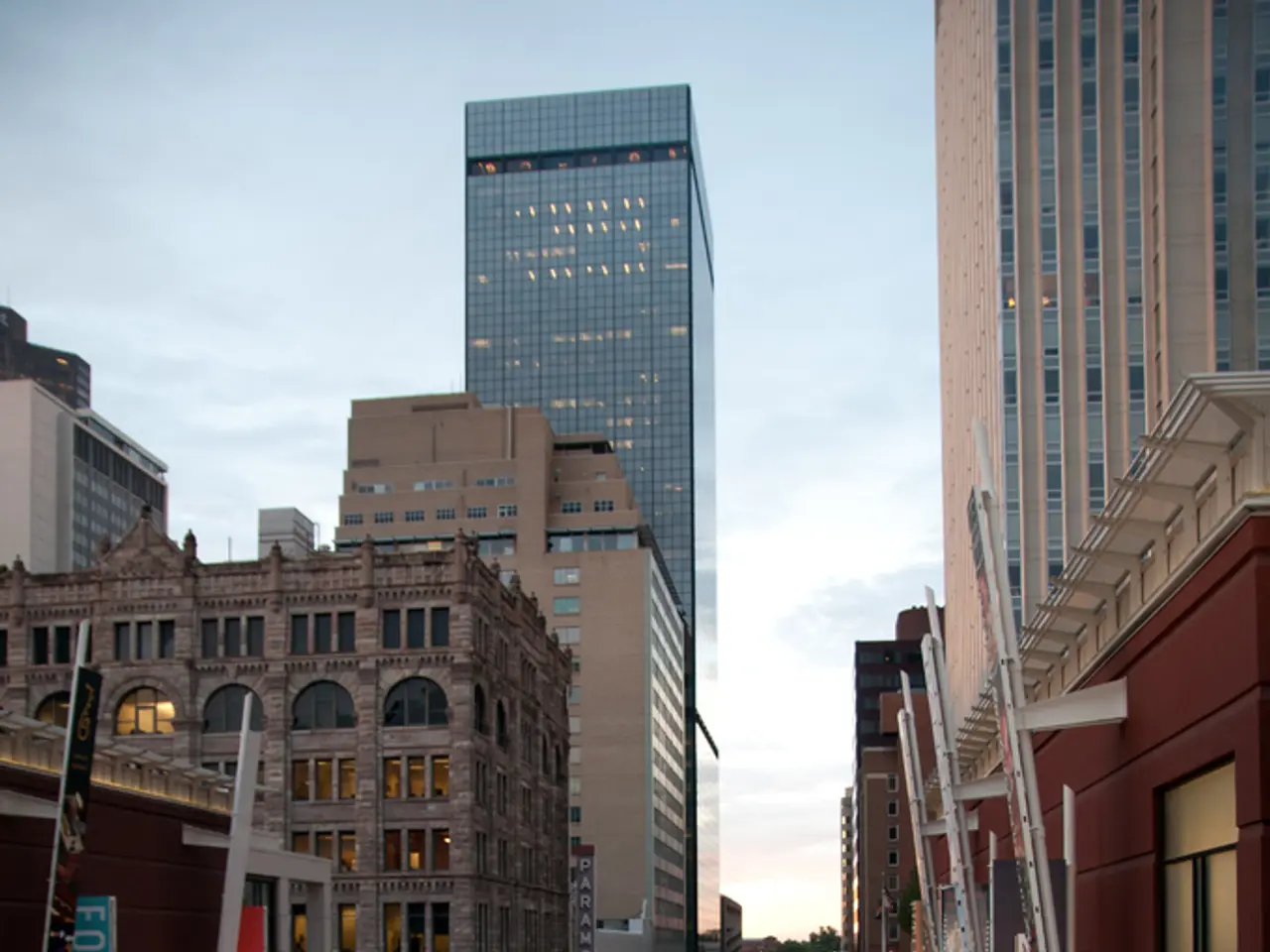Moving Towards the Public Thoroughfare
New York City, grappling with a housing shortage and affordability crisis, is taking a multi-faceted approach to address these pressing issues. The city's strategy includes large-scale residential development, zoning reform, investment in supportive and affordable housing, and leveraging city-owned land for new projects.
The migrant influx and the city's current lowest vacancy rate among major U.S. cities have added urgency to these efforts. Key recent measures include the Midtown South Mixed-Use Plan, which aims to create nearly 10,000 new housing units, and the Adams administration's proposal to build approximately 3,000 homes at the former Flushing Airport site in Queens.
The Midtown South Mixed-Use Plan, approved by the NYC Council in August 2025, includes community and infrastructure investments totaling over $448 million. This strategic rezoning of a major neighborhood aims to provide more housing and help keep New Yorkers in the city [1].
The Adams administration’s project at the former Flushing Airport site in Queens involves union labor and sustainable design, with construction expected to start in 2028. This initiative is part of the city’s larger goal to build 500,000 new homes by 2032, including on various city-owned sites, supported by the first citywide housing zoning reform in 60 years [3].
State-level support under Governor Hochul's administration is complementing city efforts through tax incentives, capital funding, renter and homeowner protections, and a new $1.5 billion housing budget in FY26. This funding is aimed at creating or preserving affordable homes and supportive housing for vulnerable populations [5].
Additional important strategies include removing regulatory barriers to supportive housing, exploring innovative housing models such as conversions of non-residential buildings into affordable housing, and accelerating permitting processes to reduce bureaucratic delays.
The city's housing crisis, one of the worst in more than two decades, has led to a record 100,000 people currently in homeless shelters, about half of whom are migrants. The city is considering housing people in the parking lot of a state psychiatric hospital. However, the Legal Aid Society and Coalition for the Homeless have criticized the city's plans to house families in cramped and open cubicles at Floyd Bennett Square.
Mayor Adams has taken a trip to Mexico, Ecuador, and Columbia to meet with migrants and discourage them from emigrating to the United States. Despite spending over a billion dollars providing resources to immigrants in the past year, the response has been inadequate for the current influx of more than 60,000 new New Yorkers, primarily from Latin America and the Caribbean [2].
The Adams administration is experiencing a staffing shortage, with the city's overall workforce dropping by nearly 20,000 employees in just two years. This shortage could potentially hinder the city's efforts to address the housing crisis and other pressing issues.
As the median cost of newly rented apartments in Manhattan reaches over $4,000 dollars a month, it is clear that affordable housing remains a significant challenge. The city must continue to pursue its multi-faceted approach, complemented by reforms in permitting, innovative housing models, and social supports, to sustain its efforts in addressing the housing crisis.
- The city's approach to the housing crisis, including large-scale development and zoning reform, must also consider strategies like removing regulatory barriers for supportive housing and exploring innovative models to convert non-residential buildings into affordable units.
- The ongoing housing crisis in New York City has sparked a surge of general-news coverage, with stories detailing the city's efforts to create affordable housing, the staffing shortage within the Adams administration, and the challenges faced by the increasing number of homeless migrants.
- In addition to the challenges posed by the housing crisis, the city must navigate other pressing issues like crime and justice, politics, and culture, all while continuing to invest in community and infrastructure as part of their strategic rezoning efforts.





